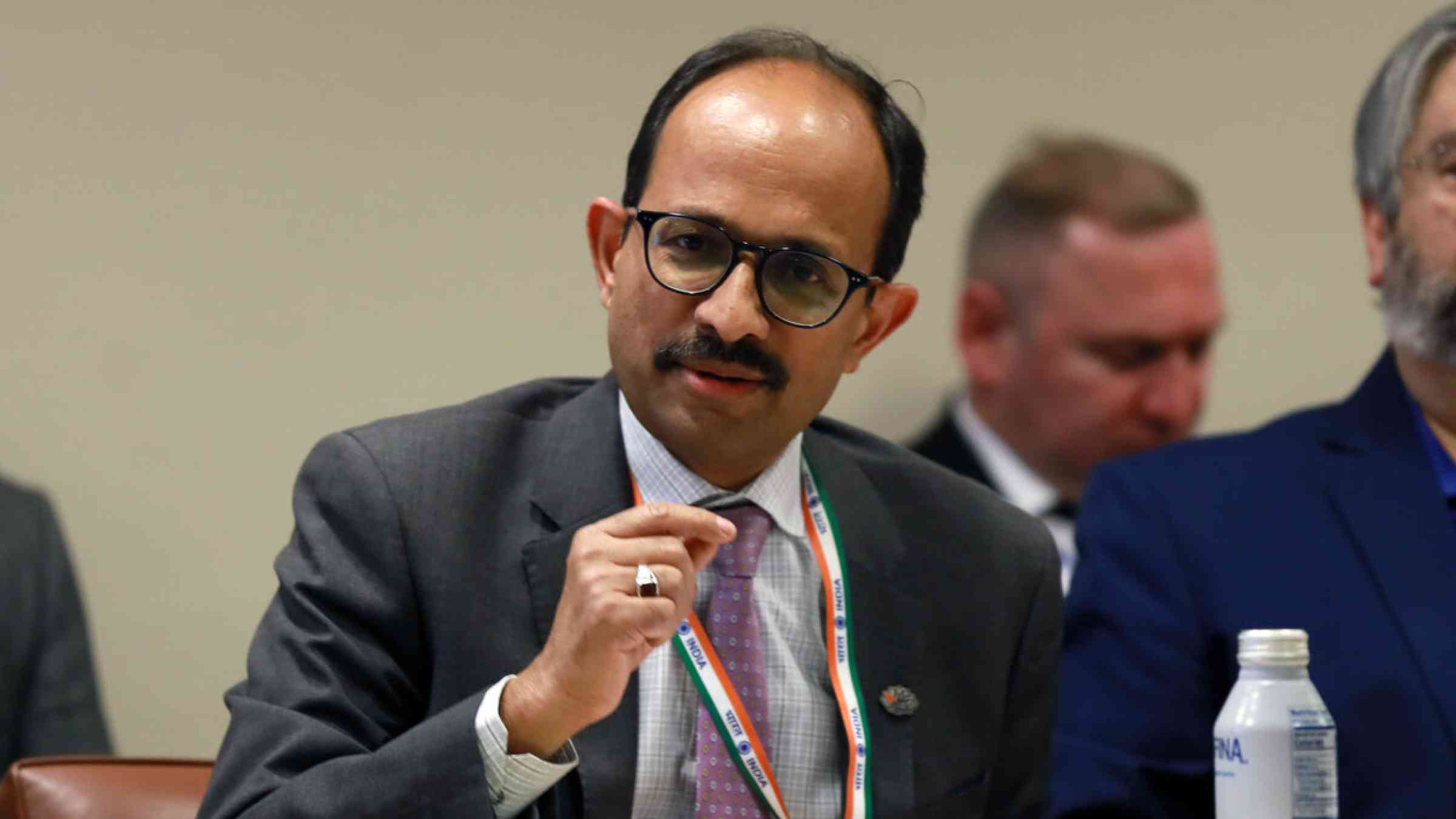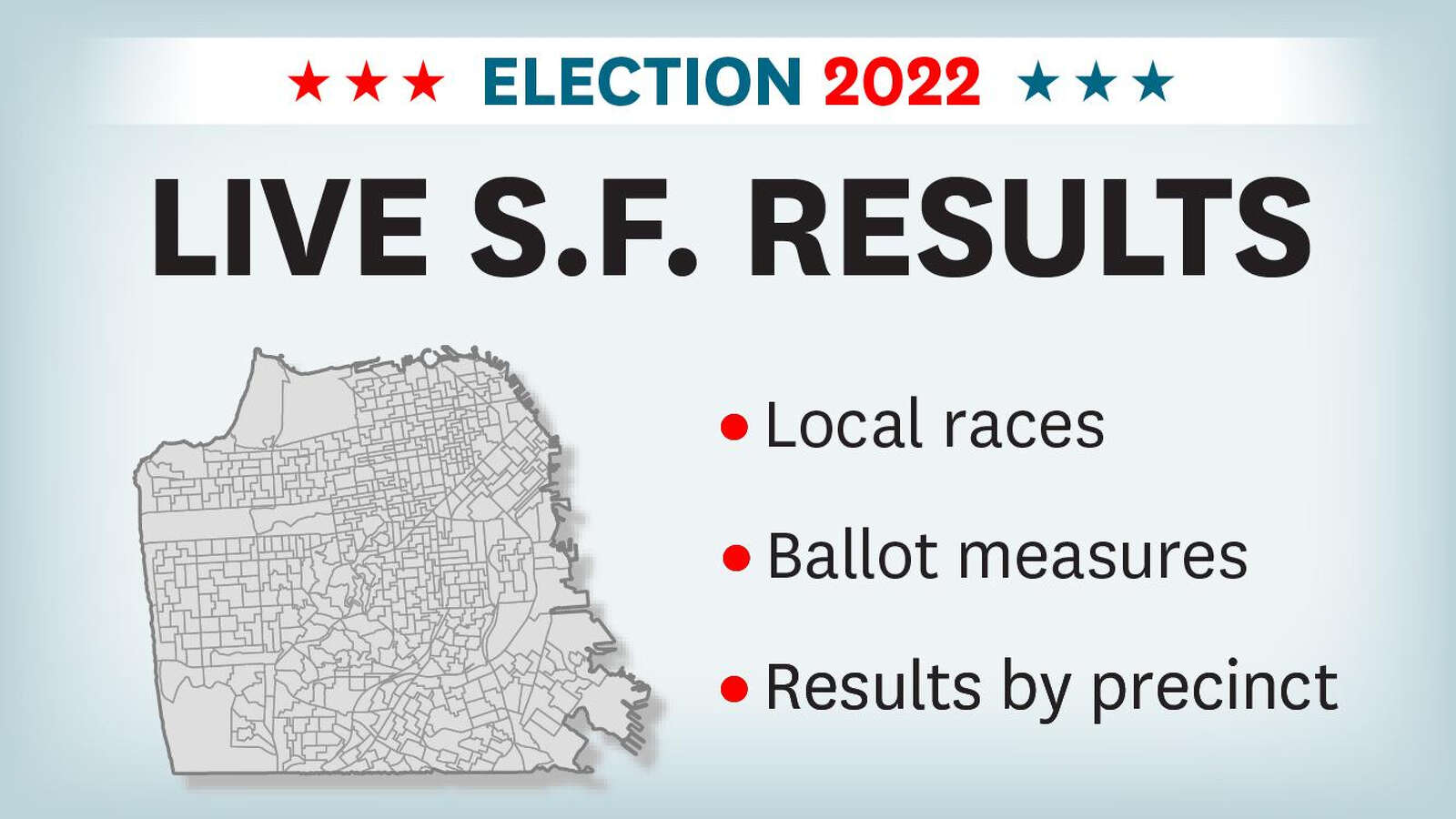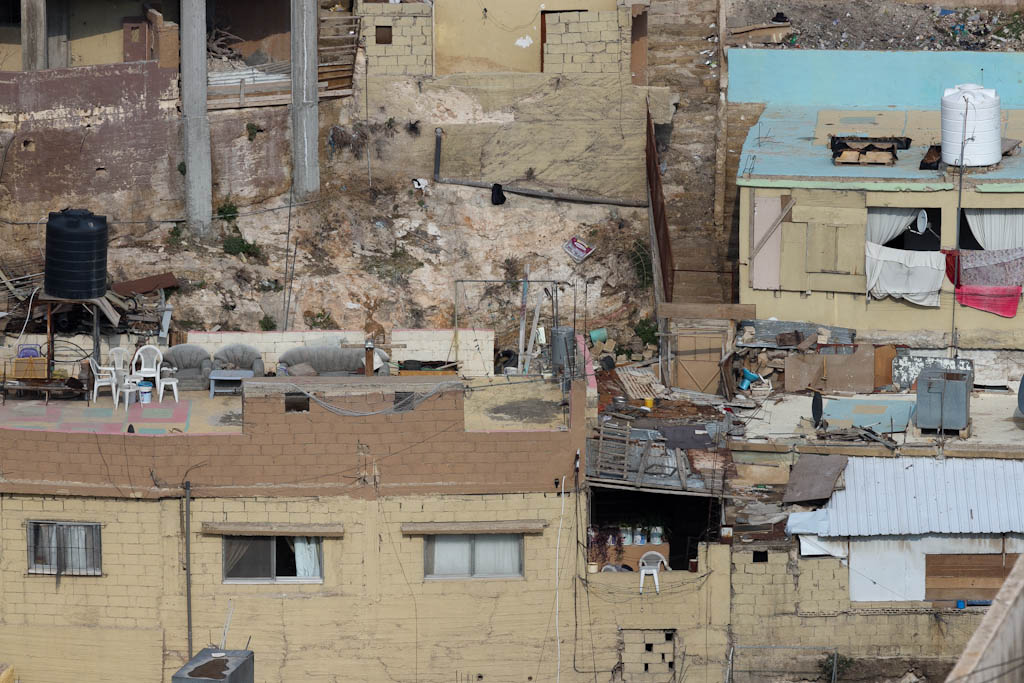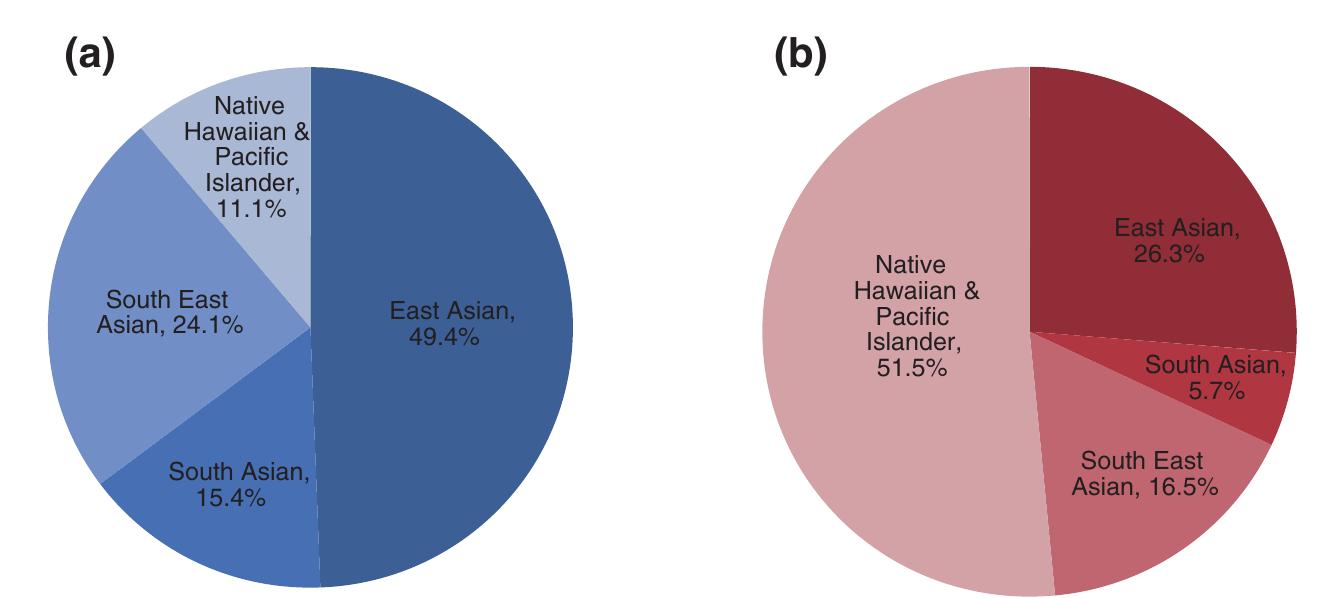
Appointment of Kamal Kishore as Assistant Secretary-General and Special Representative for Disaster Risk Reduction

United Nations Secretary-General António Guterres announced today the appointment of Kamal Kishore of India as Assistant Secretary-General and Special Representative of the Secretary-General for Disaster Risk Reduction, United Nations Office for Disaster Risk Reduction (UNDRR).
He succeeds Mami Mizutori of Japan, to whom the Secretary-General is grateful for her service and commitment to the Organization. The Secretary-General also wishes to extend his appreciation to the UNDRR Director, Paola Albrito, who will continue to serve as Acting Special Representative until Mr. Kishore assumes his position.
Experience and Contributions
Kamal Kishore, currently Head of Department of the National Disaster Management Authority (NDMA) in the rank of Secretary to the Government of India (since 2015), brings to the position nearly three decades of experience in disaster risk reduction, climate action, and sustainable development at various levels.
As part of India’s Group of 20 (G20) presidency, he led the G20 Working Group on Disaster Risk Reduction. He also played a significant role in the development of the Coalition for Disaster Resilient Infrastructure, launched by the Prime Minister of India at the Climate Action Summit in 2019.
Prior to his role at NDMA, Mr. Kishore worked with the United Nations Development Programme (UNDP) for nearly thirteen years. During this time, he led global advocacy to integrate disaster resilience concerns in the Sustainable Development Goals (SDGs) and managed a global team of disaster risk reduction advisers to support UNDP programme countries.
Before joining UNDP, Mr. Kishore served as Director of Information and Research, as well as Manager of the Extreme Climate Events Programme, covering Indonesia, the Philippines, and Vietnam at the Asian Disaster Preparedness Centre in Bangkok from 1996 to 2002. He also worked as an Architect at the Action Research Unit for Development in New Delhi from 1992 to 1994, where he contributed to post-earthquake reconstruction projects.
Education and Language Skills
Kamal Kishore holds a Master of Science in Urban Planning, Land and Housing Development from the Asian Institute of Technology in Bangkok, Thailand, and a Bachelor of Architecture from the Indian Institute of Technology in Roorkee, India. He is fluent in English and Hindi.
Conclusion
The appointment of Kamal Kishore as Assistant Secretary-General and Special Representative for Disaster Risk Reduction reflects the United Nations’ commitment to addressing disaster risks and promoting sustainable development. With his extensive experience and contributions in disaster risk reduction and climate action, Mr. Kishore is well-equipped to lead the efforts towards achieving the Sustainable Development Goals (SDGs) and building resilient communities worldwide.
SDGs, Targets, and Indicators
| SDGs | Targets | Indicators |
|---|---|---|
| SDG 11: Sustainable Cities and Communities | Target 11.5: By 2030, significantly reduce the number of deaths and the number of people affected and substantially decrease the direct economic losses relative to global gross domestic product caused by disasters, including water-related disasters, with a focus on protecting the poor and people in vulnerable situations | No specific indicators mentioned in the article |
| SDG 13: Climate Action | Target 13.1: Strengthen resilience and adaptive capacity to climate-related hazards and natural disasters in all countries | No specific indicators mentioned in the article |
| SDG 17: Partnerships for the Goals | Target 17.17: Encourage and promote effective public, public-private, and civil society partnerships, building on the experience and resourcing strategies of partnerships | No specific indicators mentioned in the article |
1. Which SDGs are addressed or connected to the issues highlighted in the article?
The SDGs that are addressed or connected to the issues highlighted in the article are SDG 11: Sustainable Cities and Communities, SDG 13: Climate Action, and SDG 17: Partnerships for the Goals.
2. What specific targets under those SDGs can be identified based on the article’s content?
Based on the article’s content, the specific targets that can be identified are:
– Target 11.5: By 2030, significantly reduce the number of deaths and the number of people affected and substantially decrease the direct economic losses relative to global gross domestic product caused by disasters, including water-related disasters, with a focus on protecting the poor and people in vulnerable situations.
– Target 13.1: Strengthen resilience and adaptive capacity to climate-related hazards and natural disasters in all countries.
– Target 17.17: Encourage and promote effective public, public-private, and civil society partnerships, building on the experience and resourcing strategies of partnerships.
3. Are there any indicators mentioned or implied in the article that can be used to measure progress towards the identified targets?
No specific indicators are mentioned or implied in the article that can be used to measure progress towards the identified targets.
Overall, the article highlights the appointment of Kamal Kishore as Assistant Secretary-General and Special Representative of the Secretary-General for Disaster Risk Reduction. It mentions his experience in disaster risk reduction, climate action, and sustainable development. While the article does not provide specific indicators, it does mention Mr. Kishore’s involvement in initiatives such as leading the G20 Working Group on Disaster Risk Reduction and contributing to the development of the Coalition for Disaster Resilient Infrastructure. These initiatives align with the targets under SDG 11, SDG 13, and SDG 17.
Behold! This splendid article springs forth from the wellspring of knowledge, shaped by a wondrous proprietary AI technology that delved into a vast ocean of data, illuminating the path towards the Sustainable Development Goals. Remember that all rights are reserved by SDG Investors LLC, empowering us to champion progress together.
Source: undrr.org

Join us, as fellow seekers of change, on a transformative journey at https://sdgtalks.ai/welcome, where you can become a member and actively contribute to shaping a brighter future.






